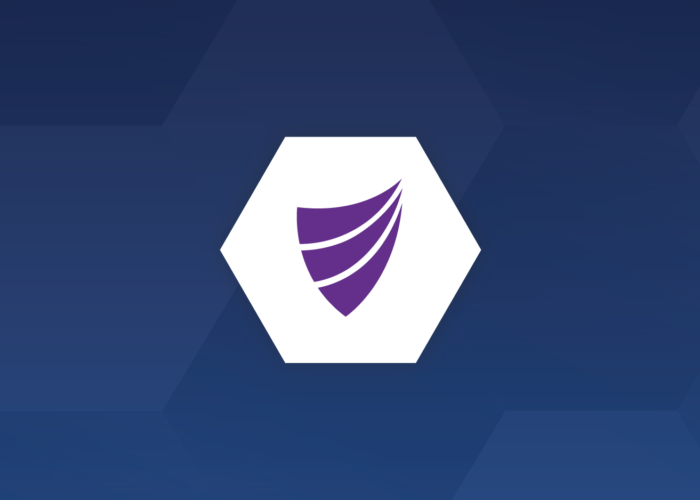Occupational Health

What to Look for in Your Occupational Health and Safety Management Systems (And Where to Find the Ideal OHS System in Australia)
Perhaps you recently launched a new business and are looking for the best way to manage workplace health and safety. Alternatively, maybe your company has been using one occupational health and safety management system for years but is now looking for something a bit more advanced.
Either way, if you are shopping for an OHS management system, it’s a good idea to sit down and make a list of the features you know you will need. This list may well vary a bit from one business to the next. After all, not every company faces the same risks or compliance requirements. What is a high priority for your workplace health and safety management system might not be as crucial for another business.
Features You Will Likely Want in Your OHS Management System
With that said, there are a few features that tend to be standard across most OHS management systems in Australia. Below, we’ve listed some of the most essential elements of these systems—as well as the reasoning for why you should prioritise each one.
- Risk Management and Assessment: Identifying, assessing, and managing risks in your business will protect your employees from harm, your assets from damage, and your business from potential legal liability or non-compliance. A risk management system in your OHS software will help you monitor, assess, and create control actions for different risks within your business.
- Incident and Action Systems: Despite the best plans and risk controls, workplace incidents do happen from time to time. As such, every occupational health and safety management system also needs to include an application for tracking incidents and implementing incident management plans. Ideally, this system should allow you to set up incident action plans and workflows ahead of time. That way, if an incident does happen, your team can immediately jump into the emergency response, investigation, and damage control process.
- Compliance Management: What are your company’s legal obligations? From regulatory factors to licenses and permits, compliance is a vital part of your company’s risk management profile. Your OHS management system should help you monitor compliance, including license/permit expirations and other compliance calendar details.
- Training Programs: Untrained staff members are among the biggest risk factors in most organisations. To avoid this type of risk, your workplace safety management system should include a place to manage courses, analyse training needs, monitor, and approve training requests, create learning content, or store documentation for training.
- Internal Audits and Inspections: Regular audits and observations of workplace activity—as well as routine inspection of equipment and other assets—are vital steps to ensure compliance and identify risks. Your OHS management software should include a place to configure forms, checklists, ratings for audits and inspections, track asset inspections and more.
This list is just the tip of the iceberg. Ideally, your system will also include sections for managing workers comp claims, implementing company-wide health and wellness plans, and communicating with contractors and suppliers.



Finding the Right OHS Management Systems in Australia
If you need an OHS system in Australia that does all the above and more, look no further than integrum. Our software includes dozens of different functions, all contained within the same application. Try out our demo today!
Editor’s Note: This post was originally published to the Integrum site. After the 2022 Mitratech acquisition, the content was moved to the Mitratech site.



